Is there a Camino de Santiago in Italy? Discover the route of Saint Matthew in Salerno
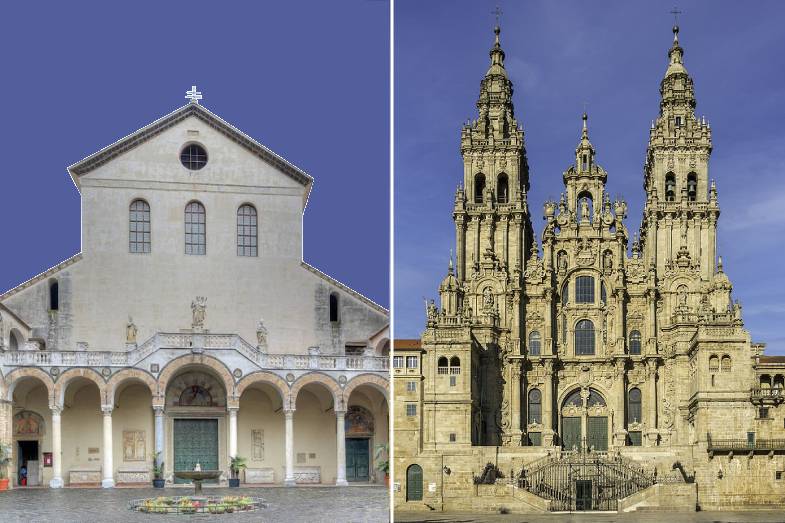
Table of Contents
The Cammino di San Matteo and the Camino de Santiago: two different routes, one soul
When we think of pilgrimage, the image of the Camino de Santiago stands out: thousands of people each year walk the paths toward the majestic Cathedral of Santiago de Compostela, in search of meaning, history, faith, or simply adventure. However, there is another, lesser-known route that holds surprising parallels with this ancient experience: the Cammino di San Matteo, in the Italian city of Salerno.
Galicia travels products
-
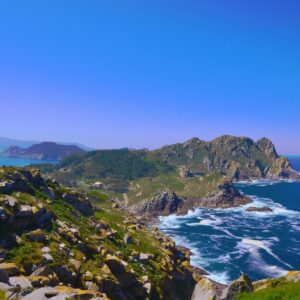
Rias Baixas Excursion
Rated 4.93 out of 530,00€ – 55,00€Price range: 30,00€ through 55,00€ Select date(s) This product has multiple variants. The options may be chosen on the product page -
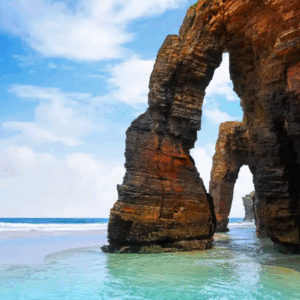
Playa de Catedrales – Mariña Lucense – Asturias
Rated 4.92 out of 535,00€ – 60,00€Price range: 35,00€ through 60,00€ Select date(s) This product has multiple variants. The options may be chosen on the product page -
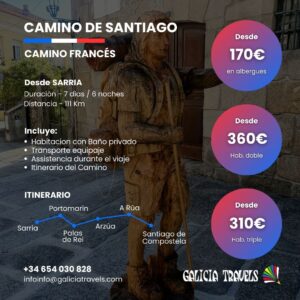
French Way
360,00€ – 2.150,00€Price range: 360,00€ through 2.150,00€ Select options This product has multiple variants. The options may be chosen on the product page -
Sale!

Finisterre, Muxía, Costa da Morte
Rated 4.94 out of 520,00€ – 49,00€Price range: 20,00€ through 49,00€ Select date(s) This product has multiple variants. The options may be chosen on the product page
Two apostles, two sanctuaries, one spiritual mission
Both Santiago de Compostela and Salerno have something very special in common: both cities are custodians of the relics of an apostle. Saint James the Greater rests in Galicia, and Saint Matthew (San Matteo) on the southern coast of Italy. Both cathedrals, Santiago de Compostela and Salerno, are pilgrimage destinations, centers of devotion, and masterpieces of religious art.
Salerno Cathedral, consecrated in 1084 by Pope Gregory VII, houses the Baroque crypt where the remains of Saint Matthew rest. This crypt is reminiscent of that of the Cathedral of Santiago de Compostela, where pilgrims, after traveling hundreds of kilometers, can pray at the tomb of Saint James. Both crypts are places of silence, contemplation, and profound spiritual symbolism.
The Inner Journey: Beyond the Physical Route
The Camino de Santiago is not just a physical journey through Galicia. It is a transformative experience along routes such as the French Way, the Portuguese Way, the English Way, or the Primitive Way. Each of these paths offers a unique combination of nature, culture, history, and spirituality. Many pilgrims, upon arriving in Santiago de Compostela, continue their journey to Fisterra, where the land meets the Atlantic Ocean, in an almost mystical act.
In Salerno, although the Cammino di San Matteo does not yet have official signage, there is a pilgrimage tradition that connects churches, hermitages, and monasteries in the Campania region. This route envelops the walker in an environment of peace and reflection, similar to the less traveled routes in Galicia, such as the one that crosses the Ribeira Sacra, with its terraced vineyards, hidden monasteries, and spectacular views of the Sil Canyon.
Moving incense burners: rituals that cross borders
The Botafumeiro of the Cathedral of Santiago is one of the most powerful symbols of the Camino: the giant censer that swings through the air, filling the temple with its aroma. However, it is not unique. In Cava de’ Tirreni, a few kilometers from Salerno, there is another large censer, also solemnly swung during special celebrations. This ritual coincidence underscores a common spiritual root in the Western Christian tradition.
Witnessing the Botafumeiro is an experience that can be had on a tour of the Cathedral of Santiago, organized by Galicia Travels, where pilgrims can explore the historical and artistic secrets of the Compostela temple.
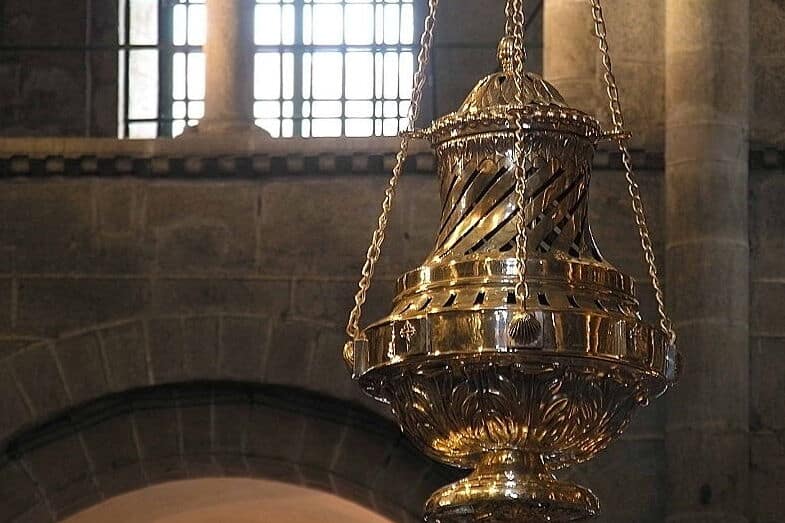
Spirituality between cliffs and coasts
The landscapes that accompany the pilgrimage play a key role in the experience. In Galicia, the pilgrim passes through forests, villages, rivers, and spectacular coastlines, such as those of the Cíes Islands, the Fuciño do Porco, or the beaches of the Mariña Lucense region, such as the magical Playa de las Catedrales.
In southern Italy, the Route of Saint Matthew stretches through the hills of Campania, passing through medieval cloisters and reaching viewpoints overlooking the Tyrrhenian Sea. Although the contexts are different, the sense of connection with nature and the transcendent is the same. Both paths invite the pilgrim to open their senses and their spirit, immersing themselves in landscapes of natural beauty and profound spirituality.
The Influence of Roads on Local Gastronomy
A fascinating aspect of both routes is their impact on local gastronomy. The Camino de Santiago has given rise to a rich culinary tradition that can be savored in every Galician village, from the famous Galician style octopus to fresh Atlantic seafood. Galicia is also known for its excellent wines and cheeses, which pilgrims can sample to complete their gastronomic experience. The Cammino di San Matteo, which crosses the Campania region, also offers a feast of flavors, with Neapolitan pizza, buffalo mozzarella, and pasta dishes being the highlights.
Both routes are not only a spiritual journey but also a culinary journey that connects pilgrims with the authentic flavors of each region.
Complementary routes: from Salerno to Galicia
Although the Cammino di San Matteo doesn’t yet have the infrastructure of the Camino de Santiago, such as hostels, signage, and pilgrim credentials, the experience remains equally profound. The lack of overcrowding on this route makes it a more intimate journey, where each step becomes more conscious. As with lesser-known Galician routes, such as those that cross Ourense or the vineyards of the Ribeira Sacra, the essential thing is not the fame of the place, but the pilgrim’s experience.
Many pilgrims who come to Santiago take the opportunity to explore the region, adding experiences to their trip such as excursions to the Rías Baixas or a nature walk through the Fragas do Eume Natural Park.
An invitation to walk beyond borders
The pilgrimage route of San Matteo doesn’t seek to compete with the Camino de Santiago, but rather to remind us that spirituality, history, and art are present throughout Europe. These paths, although distinct, converge in the essential: the search for meaning, contact with the sacred, and the beauty of the shared journey.
If you’re planning your own trip to Galicia, whether to walk the paths or explore natural treasures like the Ons Islands or the Sil canyon, at Galicia Travels you’ll find a comprehensive and personalized offering. From free tours of Santiago’s historic center to organized routes along official routes, our mission is to help you experience your own pilgrimage, whether physical or spiritual. Because sometimes the most authentic paths don’t appear on maps, but in the hearts of those who choose to walk them.
